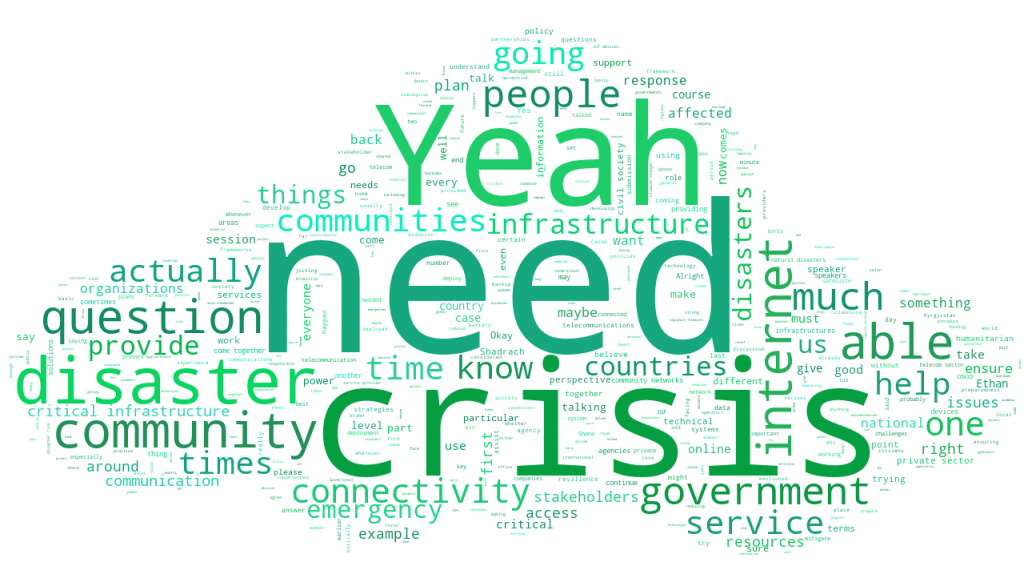Connectivity at the critical time: during and after crises
30 Nov 2022 06:30h - 08:00h
Event report
This session discussed the challenges which the emergency responders and communities face during the deployment of emergency telecommunication infrastructures and possible solutions to them. It also discussed ways in which the internet helped provide relief to some communities who have faced crises in the past.
Who ensures that people are connected in case of a disaster? Is it only the responsibility of the government? Civil society should step in and partnerships are crucial. Public-private and civil society partnerships around delivering activation protocols are beneficial in increasing access during crises. The Stand Program in Australia is a good example of this. It was a disaster satellite service funded by the government to strengthen telecommunications. Africa needs such combined efforts to expand its terrestrial and extra-terrestrial coverage.
Critical infrastructure has three elements –physical, cyber, and human. Skilled people who understand critical infrastructure and can patch it during crises need to be appointed at national or local levels. Moreover, these critical infrastructures need to be protected from hacks. Working together with internet service providers to develop systems that can detect and prevent downturns of a disaster among these communities is essential for keeping the internet operative around the clock.
What are the backups for essential infrastructure? Relying on only one form of communication like telecom makes the passage of information nearly impossible in disaster struck areas. Power is usually the first thing to go during a calamity, and connectivity relies on power. Battery packs for mobile devices and generators should be on standby for telecom companies as well as for homes. All of this can be achieved through community networks.
Deploying people with assigned roles in communities to assist, and gathering and guiding people in one place to give them access to telecommunications in times of disaster is of key importance.
Communities and citizens need to be educated on how and to which extent resources can be used in the time of a disaster. Connectivity and power should be used for healthcare, food, and safety, and not for entertainment at such times. In Kyrgyzstan, for instance, low-power IOT devices and communication technology are used, trying to monitor climate change and prevent disasters.
According to a line assessment the ITU conducted, only 29% of countries have such a national emergency communication plan in place, and most of them are high-income countries. Therefore, it is important for the government and locals to come together and develop an emergency telecommunication plan for each country when a disaster strikes.
In summary, countries need to have a framework in place to protect their critical infrastructure, understand the risks involved, practice good cyber hygiene, and secure the internet of devices.Secondly, collaboration between stakeholders like governments, private sector, and the civil society is necessary to provide training for the deployment of the telecommunications infrastructure. Developing countries must also learn how to produce their own digital resources and other devices that can help during disasters. They must be able to resource personnel that can understand the emergency response. Developing countries must double the current investment level in critical projects in order to have an effective plan.
By Mili Semlani
The session in keywords
Related topics
Related event


